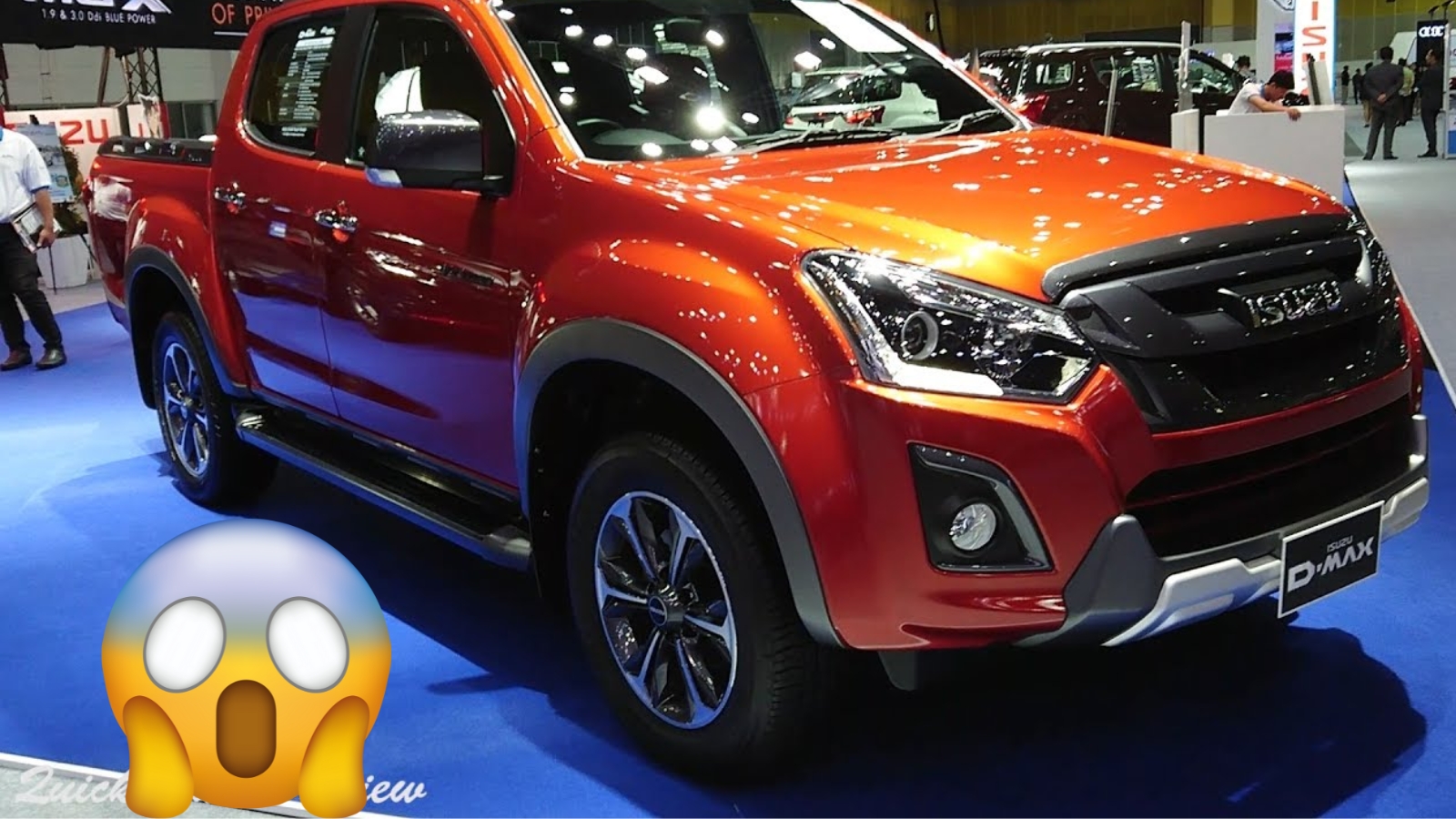The Australian ute market is about to get a major shake-up. Isuzu has officially confirmed that their electric D-MAX ute will hit Australian roads, bringing zero-emission capability to one of the country’s most popular vehicle segments.
For tradies, farmers, and outdoor enthusiasts who’ve been waiting for an electric ute that doesn’t compromise on capability, this news couldn’t come at a better time. The D-MAX has consistently ranked as Australia’s third best-selling vehicle, trailing only the Ford Ranger and Toyota HiLux, making this electric version a significant development for the local market.
What Makes the Electric D-MAX Special
The D-MAX BEV (Battery Electric Vehicle) represents Isuzu’s first serious step into the electric vehicle space. Unlike some electric utes that sacrifice towing capacity, this model maintains the practical capabilities that Australian buyers demand.
The electric D-MAX keeps its impressive 3500kg towing capacity – exactly what you need for hauling boats, trailers, or work equipment. The one-tonne payload capacity remains intact too, ensuring tradies won’t have to compromise on carrying capacity when switching to electric power.

Performance That Delivers
The dual-motor setup provides all-wheel-drive capability from day one. The rear motor delivers 90kW while the front motor adds 40kW, creating a combined maximum output of 130kW. This translates to solid performance with 325Nm of torque available instantly – a key advantage of electric motors over traditional diesel engines.
Speed won’t be an issue either, with the electric D-MAX capable of exceeding 130km/h, making highway driving comfortable and practical for long-distance work trips.
Battery Technology and Range
The 66.9kWh lithium-ion battery pack sits at the heart of the system. While Isuzu hasn’t released official range figures yet, this battery size suggests the electric D-MAX should handle typical work days without range anxiety.
The battery placement and design maintain the ute’s ground clearance and approach angles, ensuring off-road capability isn’t compromised. This attention to maintaining the D-MAX’s versatility shows Isuzu understands what Australian buyers need from their utes.
Hybrid Option Also Coming
Alongside the full electric version, Isuzu is introducing a mild-hybrid D-MAX that combines the existing 1.9-litre turbo-diesel engine with a 48-volt mild-hybrid system. This option provides improved fuel efficiency while maintaining the familiar diesel characteristics many ute buyers prefer.
Timeline and Market Availability
The electric D-MAX will launch in select European markets, including Norway, during 2025. Australia is specifically mentioned in Isuzu’s global rollout plan, with availability depending on local market conditions and charging infrastructure development.
Isuzu Ute Australia is actively monitoring local market requirements and working with the factory to ensure the right product mix reaches Australian customers. This suggests the company is serious about meeting local demands rather than simply importing whatever’s available elsewhere.
Technical Specifications Comparison
| Specification | Electric D-MAX BEV |
|---|---|
| Power Output | 130kW (90kW rear + 40kW front) |
| Torque | 325Nm (217Nm rear + 108Nm front) |
| Towing Capacity | 3500kg |
| Payload | 1 tonne |
| Battery | 66.9kWh lithium-ion |
| Drive System | Dual-motor AWD |
| Top Speed | 130km/h+ |
| Launch Timeline | 2025 |
Why This Matters for Australia
The timing couldn’t be better for Isuzu. Australia’s New Vehicle Efficiency Standard is placing increasing pressure on manufacturers to offer lower-emission alternatives to traditional diesel utes. The electric D-MAX provides a practical solution that doesn’t ask buyers to sacrifice capability.
For businesses looking to reduce their carbon footprint without compromising operational needs, the electric D-MAX offers a compelling proposition. Government incentives for electric commercial vehicles could make the switch even more attractive.
Charging Infrastructure Considerations
Isuzu’s cautious approach to the Australian launch, specifically mentioning charging infrastructure maturity, shows realistic planning. The company wants to ensure buyers can actually use their electric utes effectively rather than rushing to market unprepared.
Competition and Market Position
The electric D-MAX will enter a growing but still limited market. With most established electric ute competitors focusing on premium pricing, Isuzu’s practical approach could capture buyers who want electric capability without luxury vehicle pricing.
The mild-hybrid option also provides a stepping stone for buyers not ready for full electric operation but wanting improved efficiency and reduced emissions.
Frequently Asked Questions
Q: When will the electric D-MAX be available in Australia?
A: Isuzu plans to launch the D-MAX BEV in Australia during 2025, subject to market conditions and charging infrastructure development.
Q: Will the electric version cost significantly more than diesel D-MAX models?
A: Pricing hasn’t been announced yet, but Isuzu is positioning this as a practical work vehicle rather than a premium product.
Q: Can the electric D-MAX handle serious off-road work?
A: Yes, it maintains the same 3500kg towing capacity and one-tonne payload as current diesel models, with dual-motor AWD for capability.
2025 Honda Prelude Set to Return in Europe With Bold New Design

